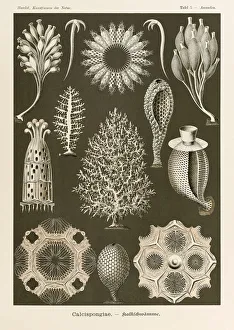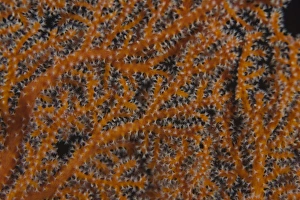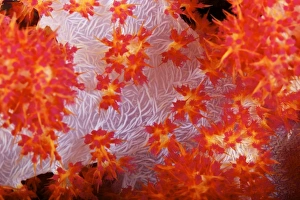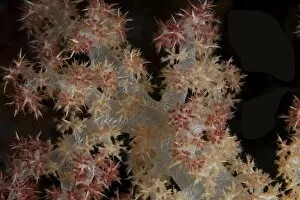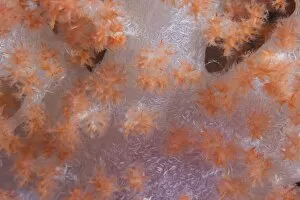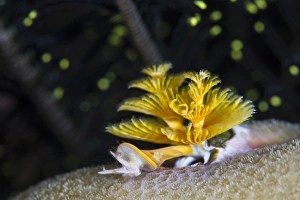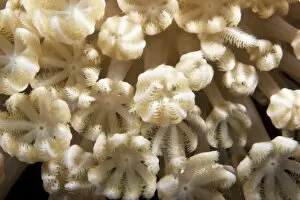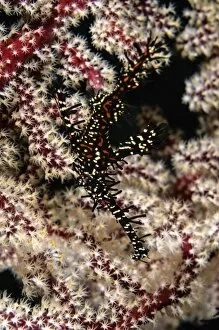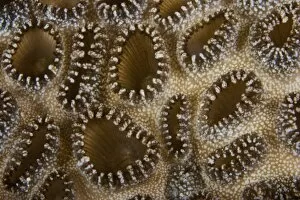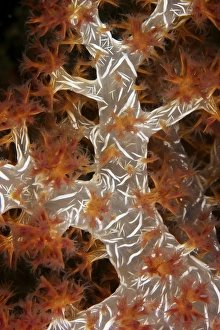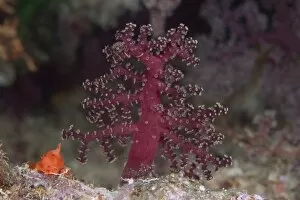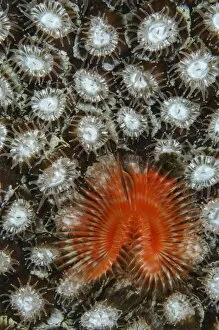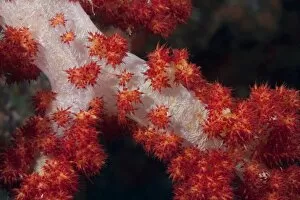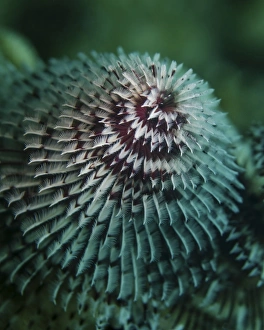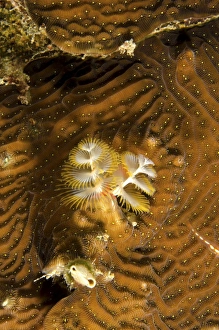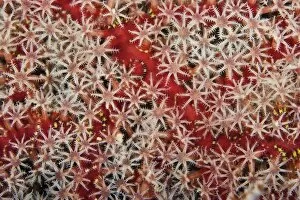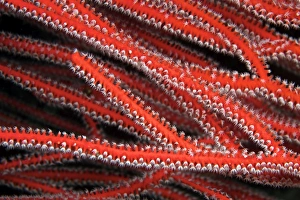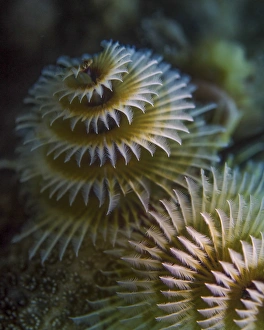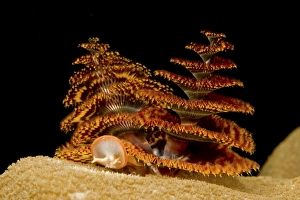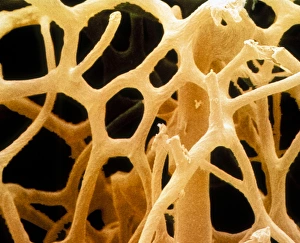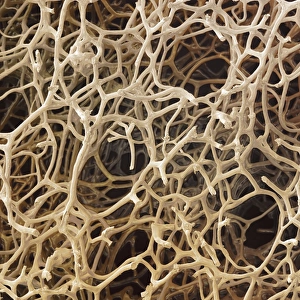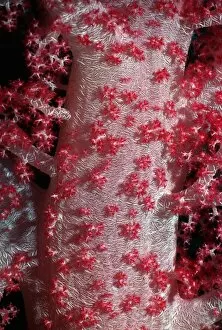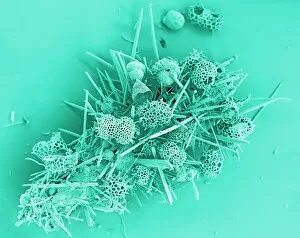Spicules Collection
"Unveiling the Intricate World of Spicules
All Professionally Made to Order for Quick Shipping
"Unveiling the Intricate World of Spicules: From Ernst Haeckel's Art Forms in Nature to Underwater Marvels" Plate 5 Ascandra Calcispongiae from Kunstformen der Natur (Art Forms in Nature) illustrated by Ernst Haeckel (1834-1919): A mesmerizing glimpse into the intricate beauty of spicules, as captured by the renowned artist and biologist Ernst Haeckel. Sequence of illustrations of Osprey (Pandion haliaetus) plunging feet first into water, catching fish and flying away, gripping it by reversible front toes and sharp spicules: Witness nature's precision at its finest as ospreys utilize their remarkable spicule-adorned talons to secure their aquatic prey with unmatched dexterity. A cutaway view of the sun: Delve deep into the heart of our celestial powerhouse, where scorching temperatures give rise to magnificent solar flares that showcase stunning formations resembling delicate spicules reaching out towards space. Close-up of tree coral on a Fijian reef: Explore the vibrant underwater world teeming with life as tree corals proudly display their skeletal structures adorned with countless tiny spicules, providing both strength and support for these captivating organisms. Close-up of gorgonian sea fan polyps feeding: Marvel at the intricate network formed by gorgonian sea fans' feathery branches adorned with microscopic spicules, enabling them to capture passing nutrients effortlessly amidst ocean currents. Red tree coral on a Fijian reef: Behold nature's artistry as red-hued tree corals grace Fiji's reefs, showcasing an array of exquisite shapes intertwined with resilient spicule frameworks that withstand turbulent marine environments. Detailed view of soft coral revealing the spicules that give stability to its form, Fiji.

